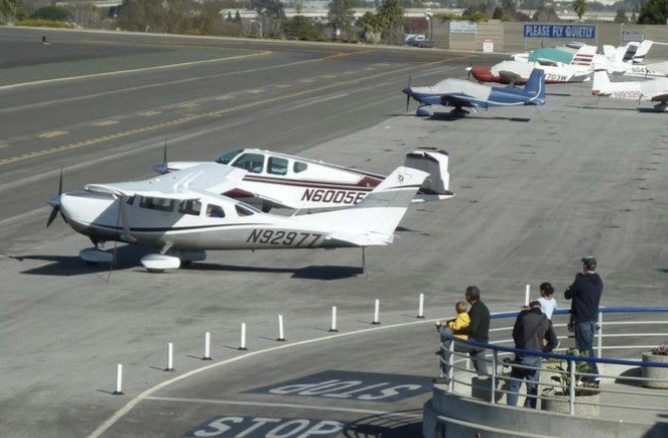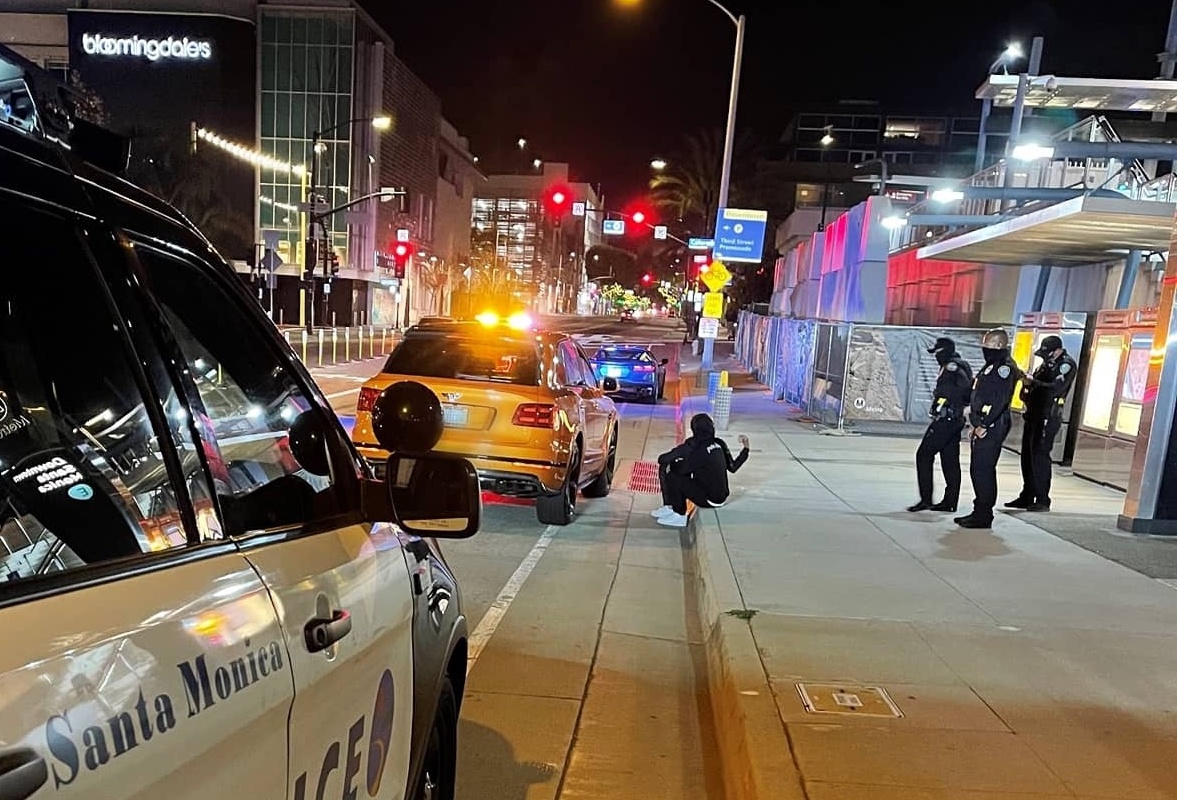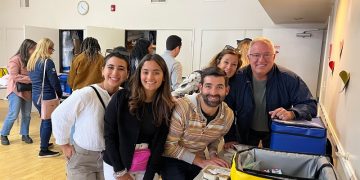The decision followed a contentious meeting with over 140 public speakers and more than 1,000 emails received by the council
The Santa Monica City Council voted 6-1 Tuesday in support of a plan to transform the 192-acre Santa Monica Airport site into a public park after its scheduled closure on Dec. 31, 2028, prioritizing open space and recreational facilities over housing development.
The council directed staff to study Scenario 1, a proposal emphasizing ecological restoration, adaptive reuse of existing structures, and compliance with Measure LC, a 2014 voter-approved charter amendment requiring public approval for non-park uses on the former airport land. The plan includes public open spaces, recreational facilities, and the maintenance of existing cultural arts and education uses, ensuring no ballot measure is triggered before the airport’s closure.
The decision followed a contentious meeting with over 140 public speakers and more than 1,000 emails received by the council, reflecting deep community engagement. Supporters of a park-only plan, including the Santa Monica Great Park Coalition and Airport2Park Foundation, rallied outside City Hall before the meeting, advocating for a “Great Park” with features like sports fields, botanical gardens, and community spaces.
Public comments highlighted the need for local recreational facilities. Kate Maringer, a 15-year-old soccer player, spoke of the strain on Santa Monica youth due to limited field access, saying, “We need a safe, LC-compliant park so local kids can create a strong future.” Maddy Denvo, a Santa Monica All Stars softball team member, urged the council to build a park for future generations, citing the sport’s role in fostering community bonds.
A competing motion by Councilmember Natalya Zernitskaya to explore Scenario 3, which included housing and commercial development, failed 3-4. Zernitskaya, Jesse Zwick, and Barry Snell supported studying housing to address Santa Monica’s affordability crisis, but the majority favored a park-focused approach.
Councilmember Jesse Zwick, the lone dissenter on the final vote, emphasized the logistical inefficiency of focusing solely on adaptive reuse of existing structures without exploring housing potential, noting, “We’re not planning to tear down buildings; we’re talking about adaptive reuses of existing structures, so let’s study what a mix of uses, including housing, would look like on sites that have structures.”
Zwick also framed housing as a moral imperative, stating, “I’ve heard park advocates support housing, but not where they support it. … Public land is the only chance we have, and I cannot consciously give up all these acres without devoting at least one acre to this desperate need.”
Mayor Lana Negrete expressed concerns about rushing the process without thorough planning.
“What’s pivotal tonight is not how we talk about the future of the airport but how we treat our responsibility for the generations that come after us,” she said. Reflecting on her evolving perspective, Negrete admitted, “When I first ran for council, I knew far less than I do now about the airport. … The definition of intelligence is changing your mind.” She warned against creating “another vacant promise” like the long-closed Civic Center, stating, “My fear is that if we rush this without a clear, financially sound, and publicly accountable plan, we will lose this once-in-a-lifetime opportunity.”
Negrete stressed the need for comprehensive studies, saying, “We should have started with a full economic and environmental report. … I wish we would’ve looked at how we phase it in responsibly over time rather than fence off a major dead zone where it becomes a public safety hazard, specifically a homeless encampment.”
Councilmember Dan Hall argued that Santa Monica’s growing density demands green space. “Our great-grandchildren deserve open space too,” Hall said. Community members, including Kelly, a local mother, echoed this, citing the need for a “sanctuary” in an urban environment.













